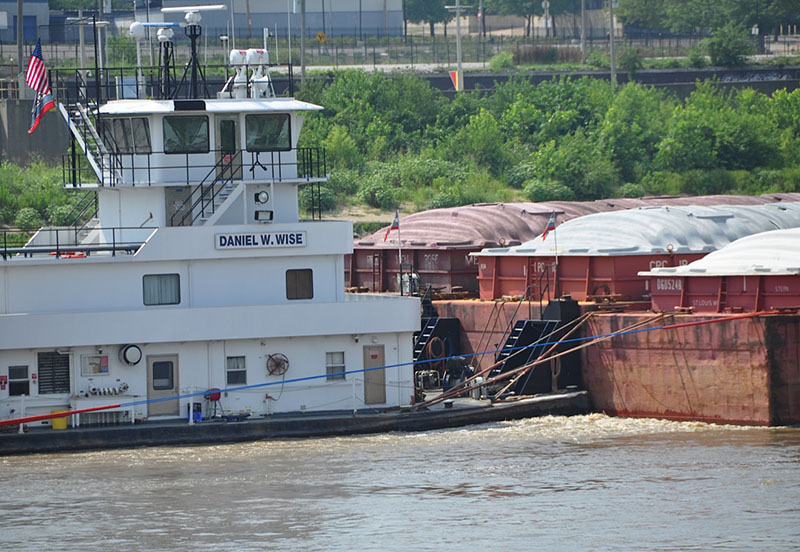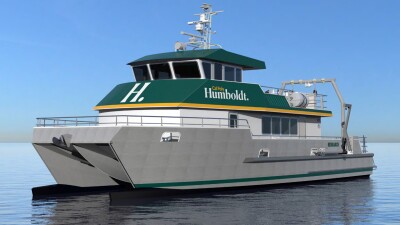More than two decades ago while being shown the rail connections of a deepwater Gulf Coast port, the facilities director pointed to a long shed sitting abandoned in a vacant field and asked me what I thought that was. I saw that there were doors about every 22 feet apart alongside the building, so I surmised that this building had been a transshipment shed for older smaller 40-foot railway box cars that had since been replaced by larger freight cars.
Efficiency is usually defined as an increase in output with proportionally less input. In some instances efficiency is quite visible, such as with the growth of railway boxcars from 40 to 60 feet in length. In some instances efficiency is invisible. That’s the case with smaller deepwater Gulf of Mexico (GOM) oilfields being tapped relatively cheaply through tiebacks to existing offshore oil platforms through underwater pipelines. As a result, oil companies are reportedly pumping more crude in the GOM.
Visible signs of efficiency in the barge industry are harder to see. The industry is dominated by 1,500-ton capacity steel hopper barges for dry cargo or 3,200 tons or higher capacity for tank barges. Basic barge sizes and configurations have not materially changed in the last 50 years. A similar situation exists for towboats. The basic sizes as measured in horsepower are relatively unchanged.
The big efficiency changes in the brownwater sector are in the quality of barge construction and the energy efficiency of towboats. Improvements in steel alloys and coatings have increased the physical life spans of barges particularly in abrasive commodities such as coal. The old 20-year economic service life for dry cargo barges is now closer to 30 years based on quality of construction and maintenance.
Similarly, towboats have become energy intensive machines. The industry rarely measured towboat fuel consumption before 1980 other than to fill the tanks on an as needed basis. Now, fuel and tow speeds can be measured and synchronized for maximum efficiency of speed and fuel consumption.
While other sectors are producing more output with proportionally less input, the barge sector has been quietly doing the same output but with less input. The efficiency is less visible but it is clearly there.





